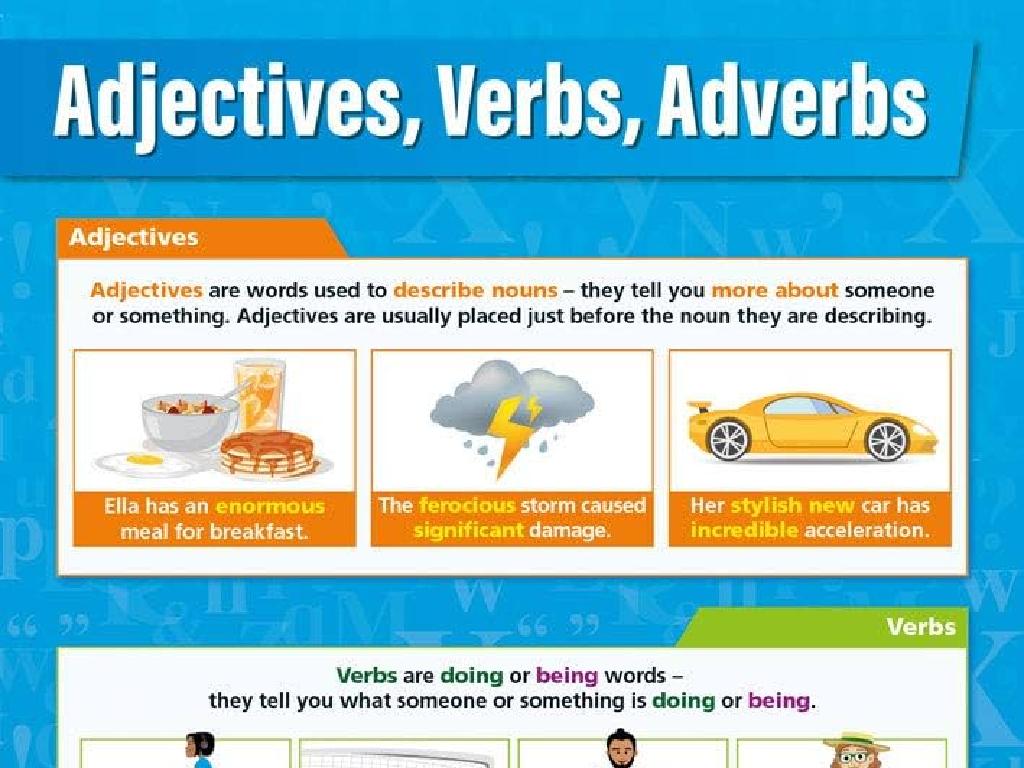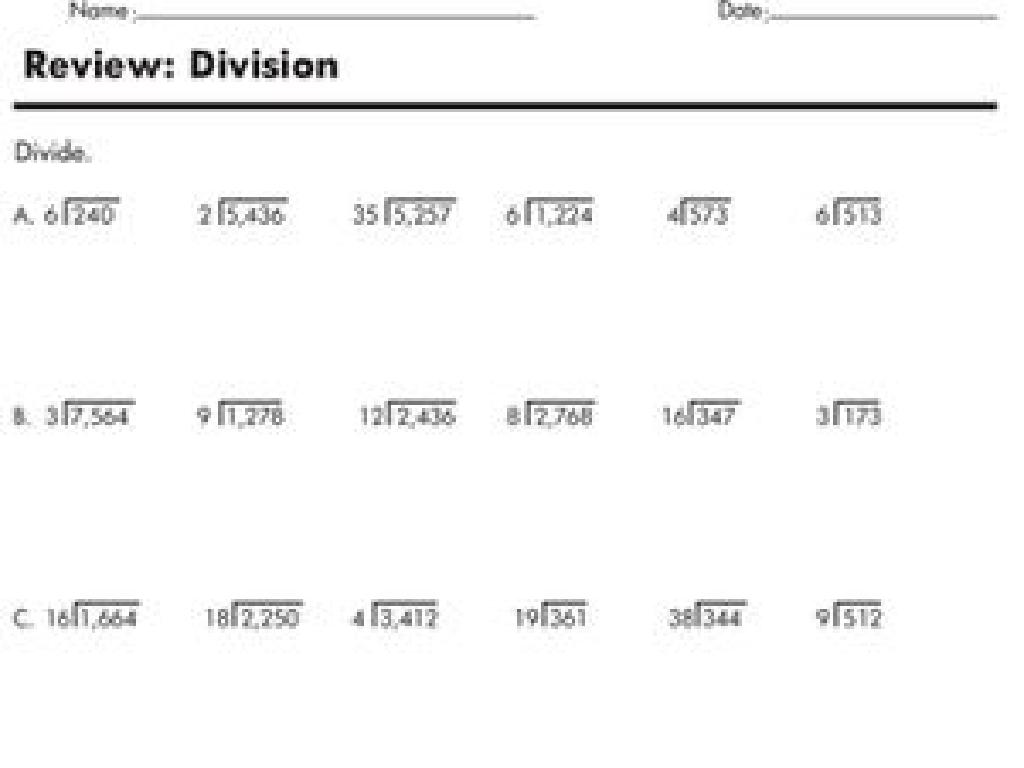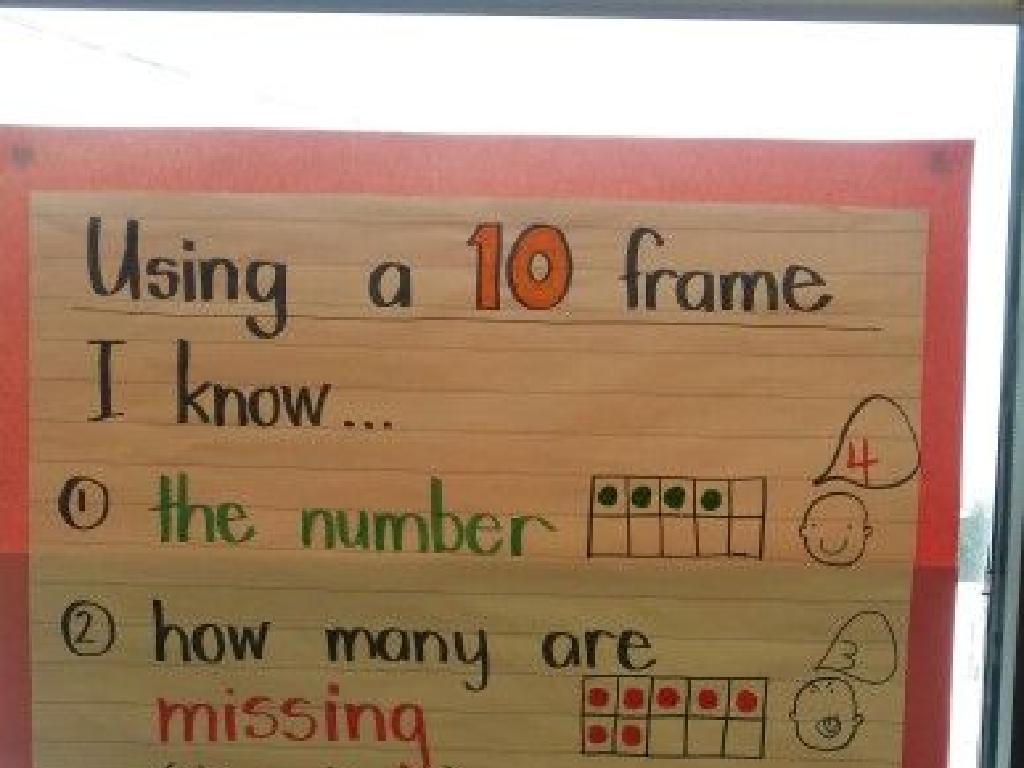Shades Of Meaning With Pictures
Subject: Language arts
Grade: Second grade
Topic: Shades Of Meaning
Please LOG IN to download the presentation. Access is available to registered users only.
View More Content
Exploring Shades of Meaning with Pictures
– Learn about Shades of Meaning
– Words with similar meanings
– Words like ‘happy’, ‘joyful’, ‘elated’ have similar meanings but differ in intensity.
– Pictures enhance understanding
– We’ll match words to pictures showing different levels of emotion or action.
– Fun activities with images
– Draw or color pictures that represent different intensities of a feeling or action.
|
This slide introduces the concept of Shades of Meaning to second graders, emphasizing that while some words may seem similar, they can express different levels of intensity or emotion. Using pictures, students will visually connect the meaning of words and understand the subtle differences. For example, a series of images showing a person at various stages of happiness can help differentiate between ‘happy’, ‘joyful’, and ‘elated’. Activities can include matching words to the correct picture or drawing their own representations of words with varying intensities. This visual and interactive approach aids in comprehension and retention of the concept.
Exploring Shades of Meaning
– Understanding shades of meaning
– It’s about subtle differences in words
– Colors have shades, so do words
– Light blue, sky blue, navy blue: all are blue but different
– Words like ‘happy’ have shades
– ‘Happy’ is pleased, ‘cheerful’ is bright, ‘joyful’ is full of joy
– ‘Happy’, ‘cheerful’, ‘joyful’ differ
|
This slide introduces the concept of shades of meaning to second-grade students by comparing it to the various shades of a color. It’s important to explain that just like colors, words can have different shades, meaning they are related but have slight differences. Use visual aids like a color gradient to show how light blue transitions to navy blue, and similarly, how the meaning of words can change slightly from ‘happy’ to ‘joyful’. Encourage students to think of other words they know that have shades of meaning and to consider how choosing a word with a slightly different shade can change the feeling of a sentence.
The Importance of Shades of Meaning
– Choosing the best word
– Helps express our thoughts clearly
– Making writing interesting
– Adds flavor to our stories and essays
– Writing with precision
– Helps us communicate more accurately
– Enhancing reading comprehension
– Aids in understanding stories better
|
Understanding shades of meaning is crucial for second graders as it helps them select the most appropriate words to express their thoughts and feelings with clarity. It also adds variety and interest to their writing, making it more engaging for the reader. Precision in language allows for more accurate communication, which is essential for developing strong writing and speaking skills. Additionally, recognizing subtle differences in word meanings enhances students’ reading comprehension, enabling them to grasp the nuances in stories and texts. Encourage students to think of examples where a slightly different word changes the meaning of a sentence, and discuss how choosing the right word can affect the image or emotion that the sentence conveys.
Understanding Shades of Meaning
– ‘Hot’, ‘warm’, ‘scorching’ explained
– ‘Hot’ can mean very warm, ‘scorching’ means extremely hot
– Words describe temperature levels
– ‘Warm’ is cozy, ‘hot’ is higher, ‘scorching’ is almost too hot to touch
– Pictures show meaning differences
– Similarities and differences activity
– We’ll compare these words using images
|
This slide introduces the concept of shades of meaning by comparing the words ‘hot’, ‘warm’, and ‘scorching’. Each word represents a different intensity of temperature. Use pictures to visually demonstrate the differences and similarities between these words. For example, ‘warm’ might be represented by a picture of a sunny day, ‘hot’ by a desert scene, and ‘scorching’ by lava or a very sunny beach. Encourage students to discuss how the images help them understand the intensity of each word. This activity will help students grasp that while words can have similar meanings, the intensity of the concept they describe can vary.
Activity: Matching Words with Pictures
– Observe each picture carefully
– Match pictures with ‘glad’, ‘happy’, ‘ecstatic’
– ‘Glad’ is pleased, ‘happy’ is more joyful, ‘ecstatic’ is extremely happy
– Consider the intensity of feelings
– A slight smile might be ‘glad’, a big smile ‘happy’, jumping with joy ‘ecstatic’
– Choose the word that fits best
|
This activity is designed to help students understand the concept of shades of meaning by associating different intensity levels of emotions with appropriate words. Display pictures that depict varying degrees of happiness. Guide the students to think about the intensity of the emotion shown in each picture and match it with the words ‘glad’, ‘happy’, and ‘ecstatic’. For example, a picture of someone with a small smile might match ‘glad’, while a picture of someone jumping for joy might match ‘ecstatic’. This will help them grasp that while some words are related, they can represent different levels of the same feeling. Encourage discussion about why they chose each word for the pictures. Prepare to have multiple examples for each word to ensure a comprehensive understanding.
Group Practice: Matching Words and Pictures
– Receive words and pictures set
– Match words to pictures by meaning
– Think about what each word and picture represents
– Discuss matches with your group
– Share ideas and listen to your friends
– Explain your reasoning in class
– Be prepared to tell the class why you chose your matches
|
This group activity is designed to help students understand the concept of shades of meaning by matching words to corresponding pictures. Provide each group with a set of words that have similar meanings but differ slightly (e.g., ‘happy’, ‘joyful’, ‘elated’) and a set of pictures that represent these words. Encourage students to discuss within their groups why a particular word should match a specific picture, focusing on the intensity or subtlety of the emotion or characteristic depicted. This will help them grasp the nuances in word meanings. After the activity, ask each group to explain their matches to the class, reinforcing their understanding and providing an opportunity for peer learning.
Class Activity: Shades of Meaning Wheel
– Choose a base word for your wheel
– Find two words with similar meanings
– Words should be related but with slight differences, like ‘happy’, ‘joyful’, ‘elated’
– Draw your ‘Shades of Meaning’ wheel
– Place your base word in the center and the other words around it
– Color each section to show intensity
– Use darker colors for the most intense word
|
This activity is designed to help students understand the concept of ‘Shades of Meaning’ by creating a visual representation. Guide the students to choose a word they are familiar with and then think of two other words that convey a similar meaning but with different intensities. For example, ‘happy’ could be the base word, with ‘joyful’ and ‘elated’ as the shades. Encourage creativity in the drawing and coloring of their wheels. Provide examples and assist students in understanding that words can have varying degrees of intensity or strength. This hands-on activity will help solidify their understanding of nuanced language use.
Review: Shades of Meaning
– Recap on Shades of Meaning
– Importance of understanding
– Helps us choose the best word for our sentences
– Identifying words with shades
– Like ‘happy’: glad, joyful, thrilled. Can you find more?
– Engage with examples
– Let’s think of words together and discuss their shades!
|
This slide aims to consolidate the students’ understanding of the concept of Shades of Meaning. Begin by recapping the main points of the lesson, emphasizing how different words can have similar but not identical meanings. Discuss why it’s important to recognize these nuances, such as enhancing writing and communication skills by selecting the most appropriate words. Encourage students to think of other words that have shades of meaning and share them with the class. This interactive review will help solidify their learning and promote active participation. Provide examples and guide the discussion to ensure all students are engaged and understand the concept.
Homework Challenge: Exploring Shades of Meaning
– Find sets of words with similar meanings
– Like ‘happy, joyful, ecstatic’
– Draw a picture for each word
– Show how ‘happy’ differs from ‘ecstatic’
– Each set should have 3 words
– Words that are related but have different strengths
– Share your words and drawings in class
|
This homework task is designed to help students understand the concept of shades of meaning by finding words that are similar but have slight differences in meaning. Encourage them to think of words that describe feelings or actions. They should draw pictures that represent each word to visually convey the differences in meaning. This activity will help them recognize the nuances in language and enhance their descriptive vocabulary. In the next class, create a gallery walk where students can display their drawings and explain their choice of words, fostering a collaborative learning environment.





